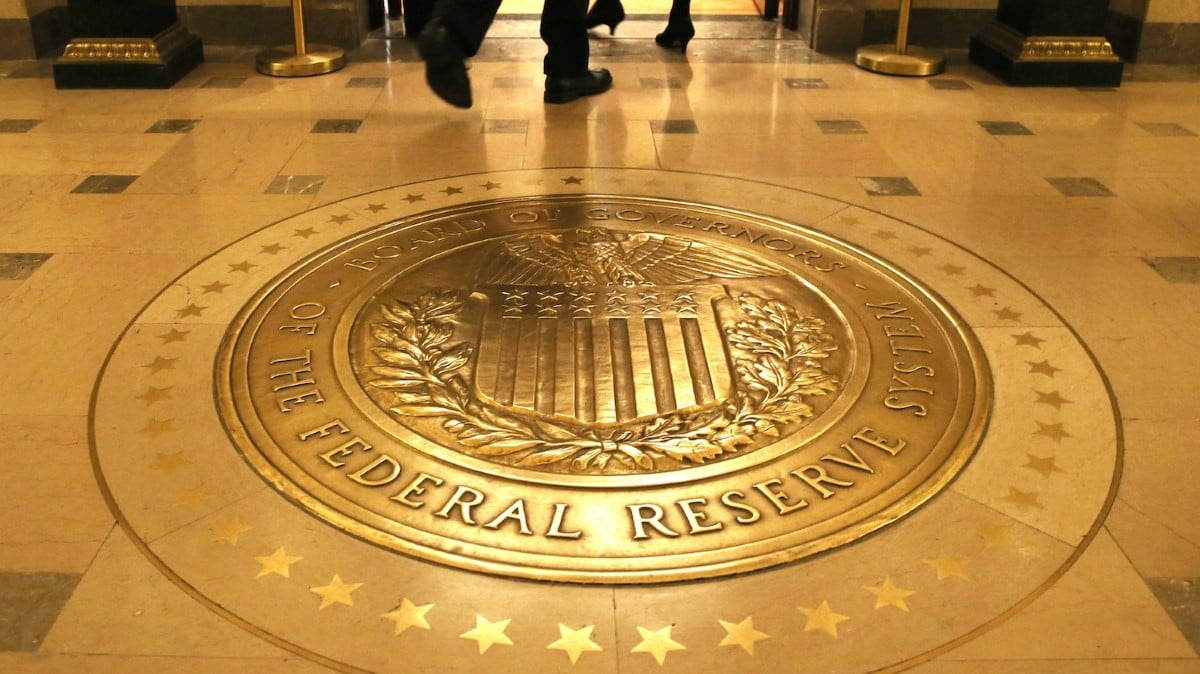Introduction
In a world where fiscal policy and oversight frameworks shape corporate landscapes, understanding the nuances of regulatory pressure is vital. The financial sector, by its nature, operates under intense supervision from a variety of authorities. Whether you are a long-term investor, a fund manager, or a market analyst seeking seizing market opportunities, the interplay between regulators and financial institutions can greatly impact returns. This article delves into the mechanisms by which such oversight affects share prices, investor confidence, and the overall health of the global economy. It also provides practical guidance for those looking to make informed choices in the Stock market and beyond.
The Role of Central Banks
Central banks, such as the Federal Reserve in the United States, the European Central Bank in the Eurozone, and similar authorities in other regions, influence interest rates, liquidity, and the broader economic environment. Their mandates typically include price stability and sustainable growth. When a central bank tightens monetary policy, it often raises interest rates to curb inflation. This action can increase the cost of funds for banks, cutting into profit margins and exerting downward pressure on bank stocks. Conversely, during an easing cycle, lower rates can boost lending activity and support higher valuations in the banking sector.
Beyond setting the policy rate, central banks also employ tools like quantitative easing or targeted long-term refinancing operations. Such measures inject liquidity directly into the financial system, altering risk perceptions and encouraging credit flow. For investors engaged in strategic investment, monitoring central bank announcements and minutes is crucial. Unexpected guidance or policy shifts can trigger rapid price adjustments across banking, insurance, and asset management shares.
SEC Oversight and Its Impact
The U.S. Securities and Exchange Commission (SEC) serves as a guardian of market integrity. By enforcing securities laws, reviewing public company disclosures, and policing market abuses, the SEC plays a direct role in shaping the operating environment for publicly traded financial institutions. Regulatory developments such as enhanced reporting requirements, stress tests, and capital adequacy rules are designed to protect investors and ensure transparency. However, they can also introduce compliance costs and operational burdens for banks and brokers.
For instance, the SEC’s demands for more detailed disclosures on risk exposures and contingent liabilities can lead to increased volatility in share prices. As new data hits the tape, analysts adjust forecasts, and trading desks recalibrate models. Investors focused on financial decision making should pay attention to comment letters, rule proposals, and enforcement actions issued by the SEC. These signals often presage shifts in industry norms and can identify potential winners and losers in the competitive landscape.
International Standards: Basel III and Beyond
Basel III represents a comprehensive reform package developed by the Basel Committee on Banking Supervision. Its primary goals include strengthening bank capital requirements, enhancing risk management, and introducing stronger liquidity safeguards. Under Basel III, institutions must meet higher Common Equity Tier 1 (CET1) capital ratios, maintain leverage ratios, and hold buffers to absorb losses during stressed conditions. These changes aim to reduce the likelihood of future financial crises by ensuring banks remain resilient in the face of severe economic shocks.
While Basel III is a global framework, implementation can vary across jurisdictions. Europe, Asia, and North America may adopt localized versions or introduce additional requirements tailored to regional markets. Market participants should track implementation timelines and measure whether local regulators impose stricter guidelines or provide transition periods. For those seeking smart investment strategies, understanding the pace of compliance and the impact on return on equity (ROE) is fundamental. Institutions that adapt efficiently could emerge as market leaders, attracting capital from funds focused on stability and long-term growth.
Implications for Stock Market Participants
The regulatory environment exerts a multifaceted influence on bank stocks, insurance firms, and asset managers. Tightened capital rules can weigh on earnings and dividend policies, while enhanced transparency requirements may reduce information asymmetries. Investors can benefit from analyzing key metrics such as the Tier 1 capital ratio, liquidity coverage ratio, and net stable funding ratio. When major banks report results, dissecting their compliance status provides a window into future profitability and risk profiles.
Financial institutions that resist regulatory changes or react slowly can face elevated funding costs, credit downgrades, and reputational challenges. On the other hand, firms that embrace new standards proactively tend to exhibit stronger balance sheets and higher market valuations. For those aiming at strategic investment, the alignment between a company’s regulatory culture and long-term performance is a critical factor. Identifying leaders in governance, risk management, and regulatory engagement may lead to portfolio outperformance over extended horizons.
Practical Tips for Investors
In the context of evolving rules and shifting macro forces, adopting the following practical tips can help you navigate uncertainty:
- Monitor Regulatory Announcements: Keep track of central bank policy statements, SEC rule proposals, and Basel III implementation updates.
- Assess Capital Buffers: Compare Tier 1 capital ratios across comparable institutions to spot well-capitalized firms.
- Analyze Stress Test Results: Review bank disclosures on hypothetical adverse scenarios to gauge resilience.
- Evaluate Governance Practices: Strong boards and compliant cultures often correlate with sustained performance.
- Consider Diversification: Spread capital across different jurisdictions to manage region-specific regulatory risk.
- Stay Informed on Market Trends: Leverage research reports and financial news to refine your strategic investment approach.
By weaving these elements into your approach, you enhance your financial decision making and build a foundation for robust portfolio outcomes.
Seizing Market Opportunities Amid Regulation
Regulatory pressure need not be an obstacle—it can become a catalyst for innovation and differentiation. Firms that invest in advanced risk analytics, digital transformation, and compliance automation may achieve a competitive edge. Such leaders often enjoy stronger credit ratings, narrower funding spreads, and an enhanced reputation among institutional investors. For those interested in smart investment ideas, targeting companies with demonstrated regulatory agility opens pathways to capture upside when conditions normalize or when policy cycles turn favorable.
Another avenue for seizing market opportunities involves thematic plays on managed funds specializing in financial technology and regulatory technology (RegTech). As banks outsource more compliance functions, providers of digital identity solutions, transaction monitoring platforms, and real-time reporting tools can experience rapid growth. Tracking these mid-cap businesses and their integration partnerships with large banks can yield compelling returns for investors with a medium-to-long horizon.
Conclusion
Regulatory pressure on the financial sector is a double-edged sword. While heightened requirements may weigh on near-term earnings and introduce volatility, they also lay the foundation for a more stable, transparent market structure. Central banks and the SEC, along with international standards like Basel III, work in concert to safeguard against systemic risks. By understanding the mechanics of these frameworks, investors can refine their strategies, align portfolios with resilient leaders, and unlock opportunities in an otherwise complex environment.
Ultimately, mastering the interplay between oversight and market dynamics is key to successful investing. Armed with practical tips, rigorous analysis, and a keen eye for evolving trends, you can make informed decisions that balance risk and reward. Whether you are adjusting allocations in the Stock market or exploring new thematic exposures, embracing the lessons of regulation will help you navigate uncertainty and achieve enduring success.

 Top Practical Tips for Successful Stock Market Investing
Top Practical Tips for Successful Stock Market Investing

 How to Make Strategic Investments in Volatile Markets
How to Make Strategic Investments in Volatile Markets

 Maximizing Returns through Smart Investment Planning
Maximizing Returns through Smart Investment Planning

 Seizing Market Opportunities: A Guide to Financial Success
Seizing Market Opportunities: A Guide to Financial Success


John Foster